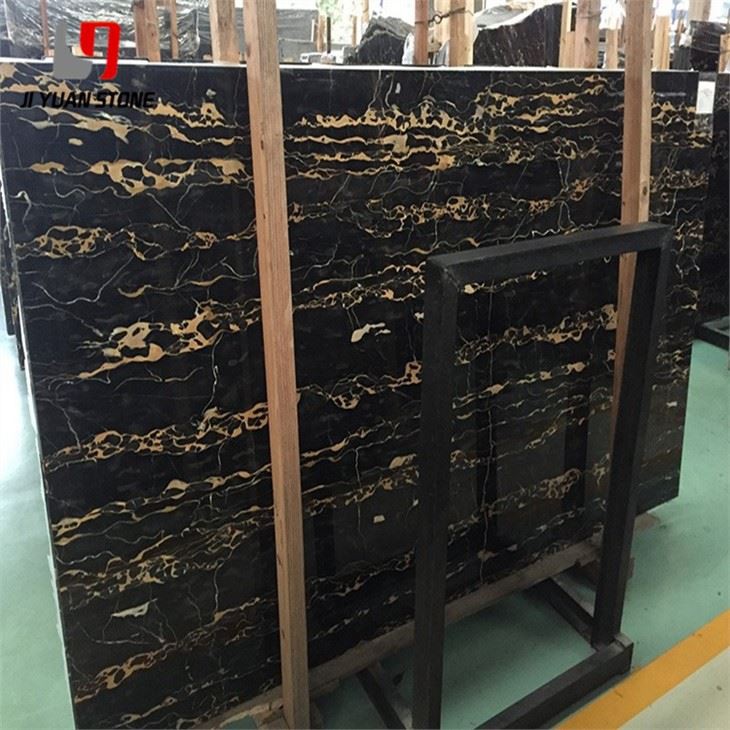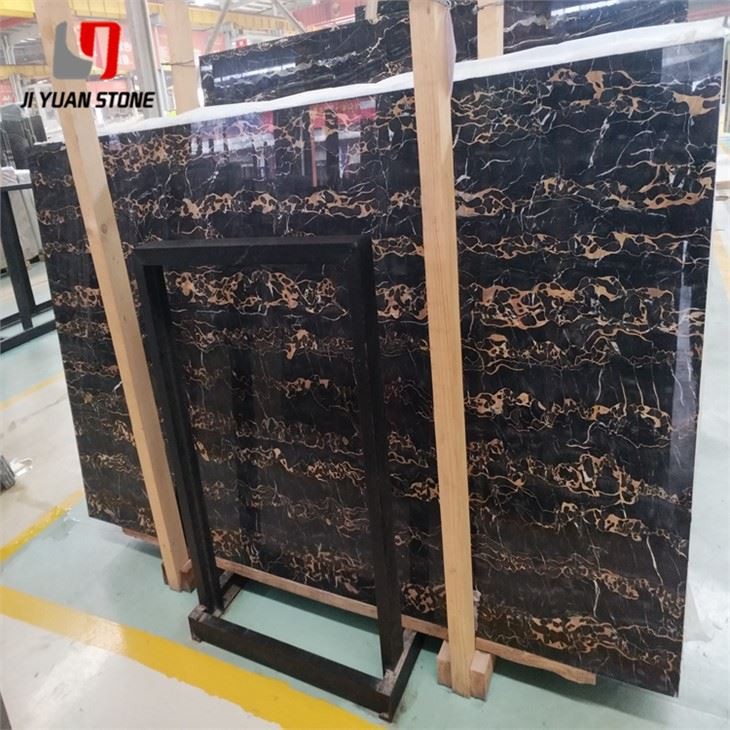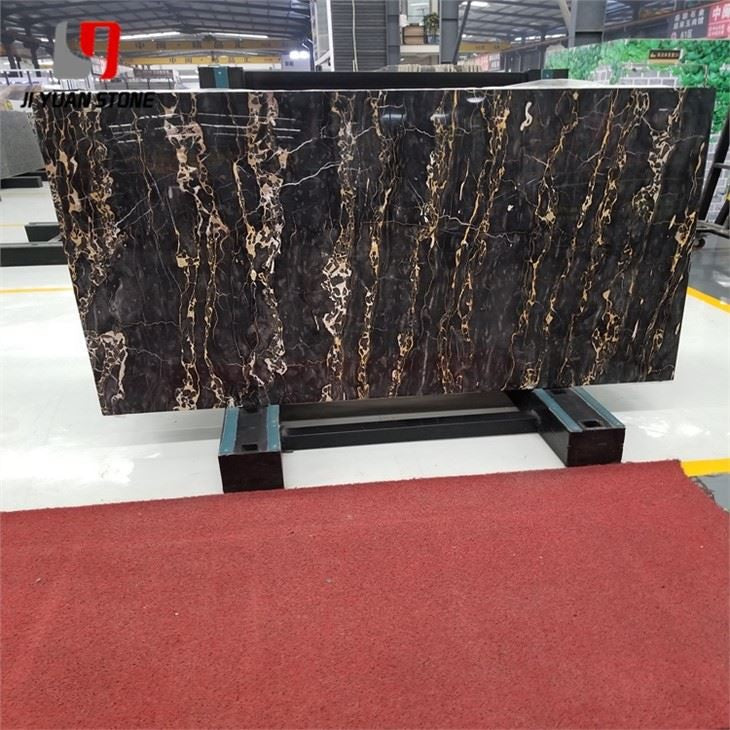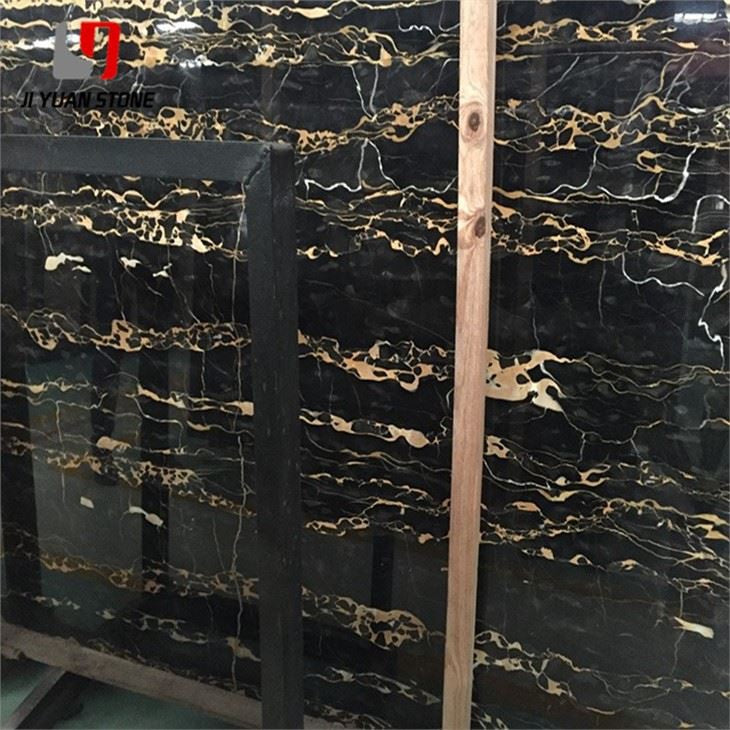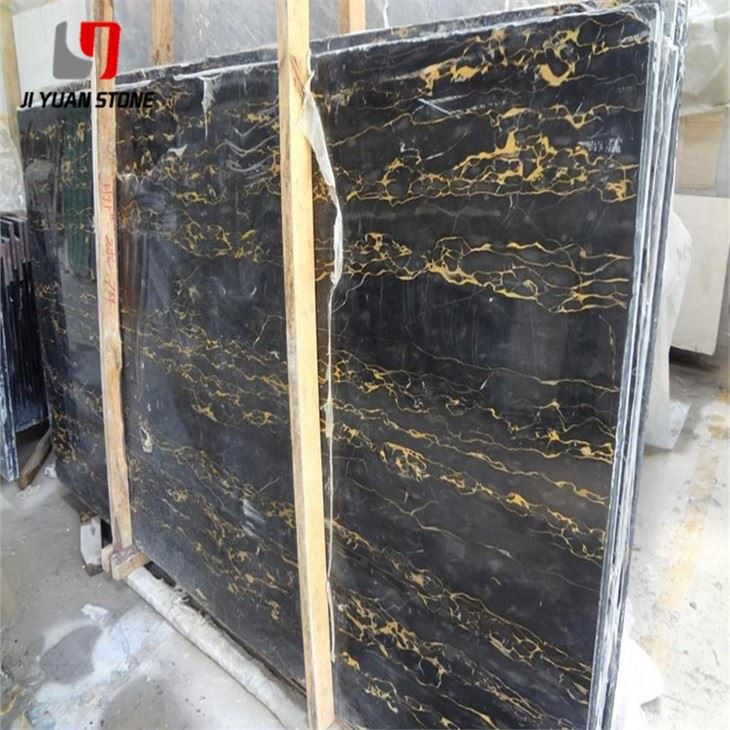Nero Portoro Marble
Nero Portoro Marble
Nero Portoro Marble – Premium Black Marble with Striking Gold Veining for Elegant Interiors
Nero Portoro Marble is a premium black marble with gold and white veins, known for its elegance and durability. Its unique color variation and stunning veining make it a timeless addition to any space. With its high density and low porosity, it is resistant to scratches, stains, and heat, making it ideal for both residential and commercial applications. Upgrade your space with the luxurious beauty and unmatched durability of Nero Portoro Marble.
| Feature | Details |
|---|---|
| Material | Italian green marble |
| Surface Finish | Polished |
| Slabs Size |
|
| Tiles Size |
|
| Countertops |
|
| Vanity Tops |
|
| Edge Style | Bull nose, ogee, bevel, eased, polish, etc |
| Packing |
|
| Usage | For internal and external decoration and construction. wall panel, floor tile, stairs, paving, wall cladding, countertop, vanity are available. |
| Quality Standard |
|
Nero Portoro Marble, also known as Black Portoro Marble, is one of the most luxurious and visually stunning natural stones in the world. Renowned for its rich black background and dramatic golden veins, it brings unmatched elegance and sophistication to any interior space. Whether used for flooring, countertops, wall cladding, or bespoke decor elements, Nero Portoro makes a bold, timeless statement.
Ideal for indoor use, Nero Portoro is not frost resistant and is best showcased with a polished or glossy finish, which enhances the depth of its color and the brilliance of its veining. It is perfectly suited for prefabricated countertops, pre-cut surfaces, and high-end interiors where luxury and exclusivity are essential.
Inside the home, polished Nero Portoro Marble is the standard for luxury. Leathered and satin finishes can also be applied, offering a smooth surface with minimal visible blemishes, but a glossy polish remains the top choice for showcasing this stone’s natural beauty.
Because of its delicate composition and high fracture rate, slabs of Black Portoro Italian Marble are often reinforced with resin or fiber mesh for added strength. Despite its delicate nature, golden Portoro Marble is still an excellent choice for floor tiles in upscale spaces, thanks to its easy-to-clean surface and unique visual impact.
The Black Portoro Marble quarry, located near Portovenere, Italy, is not open to the general public. However, those staying in the area can arrange a day trip to explore the breathtaking Apuan Alps—home to some of the most famous marble quarries in history. This includes the very site where Michelangelo hand-selected marble for his legendary sculptures. The excursion also includes visits to a local museum, where you can learn the artisan techniques of marble carving, and even enjoy local delicacies like the famous Portovenere lardo.
Whether you are planning a luxurious remodel, a commercial project, or a custom interior design feature, Nero Portoro Marble slabs and tiles provide unparalleled richness and refinement.
Contact us today to learn more about available sizes, finishes, and pricing for Nero Portoro Marble—and bring timeless Italian elegance into your space.
Share
